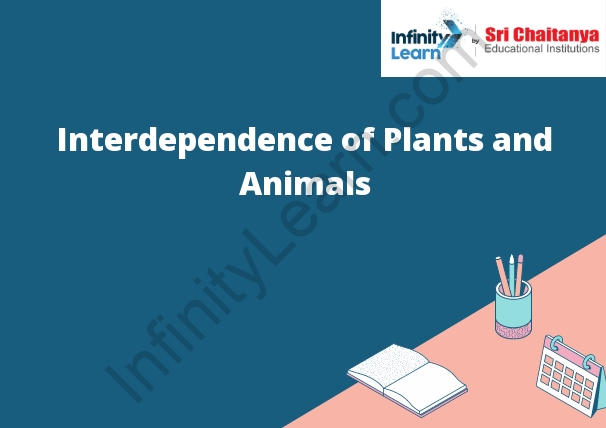Table of Contents
interdependence-of-plants-and-animals
Plants and animals are both reliant on each other for survival. Plants produce oxygen, which animals need to breathe, and they also produce food that animals eat. In turn, animals help to disperse seeds and pollinate plants. Interdependence of Plants and Animals.

How Do Plants depend on Animals?
Plants depend on animals for pollination, seed dispersal, and nutrient cycling. Pollination is the process of transferring pollen from the male anthers to the female stigma. This process allows plants to produce fruits and vegetables. Seed dispersal is the process of transferring seeds from the mother plant to a new location. This process helps plants to propagate. Nutrient cycling is the process of transferring nutrients from one organism to another. This process helps to maintain the health of the plant.
How Do Animals depend on Plants?
Animals depend on plants for many reasons. Plants produce oxygen, which animals need to breathe. Plants also provide food for animals. Animals depend on plants for shelter and homes. Plants are also important for creating soil.
Interdependence of Plants and Animals Food Chain
A food chain is a linear network of links in which each organism is either a producer or consumer. Producers are organisms that produce their own food, such as plants, while consumers are organisms that eat other organisms. In a food chain, the producers are at the bottom, and the consumers are at the top.
In a food web, the consumers are not limited to a single level. We can also say, a food web is a more complex network of links in which each organism is a producer, consumer, or both. Food webs are often more accurate representations of how energy and nutrients flow through an ecosystem.
Ecosystems are constantly in flux, with energy and nutrients cycling between the living and nonliving components. The transfer of energy and nutrients is what drives the ecosystem. In a food chain, the transfer of energy is unidirectional, with the energy flowing from the producers to the consumers. In a food web, the transfer of energy is bidirectional, with energy and nutrients cycling between the living and nonliving components.
Food chains and food webs are important for understanding the dynamics of an ecosystem. They also help to explain how ecosystems work and how they are affected by changes in the environment.
An Example of Interdependence Between Plants and Animals
One example of how plants and animals are interdependent is the fact that animals need plants to produce oxygen, while plants need animals to disperse their pollen. Additionally, both animals and plants are necessary for the decomposition of dead organic matter, which is necessary for the cycling of nutrients in an ecosystem.
Interdependence of Plants and Animals in Forest Ecosystem
The relationship between plants and animals in a forest ecosystem is one of interdependence. Plants provide food and shelter for animals, while animals help to disperse pollen and seeds, and control the population of plant pests.
Plants produce energy from the sun, which they use to create carbohydrates. Animals eat these carbohydrates, as well as other parts of the plants, such as leaves, flowers, and fruits. In turn, animals disperse pollen and seeds, which helps plants to reproduce.
Animals also help to control the population of plant pests. For example, deer eat young shrubs and trees, while rabbits eat the leaves of plants. This helps to keep the population of these pests in check, so that the plants can grow without being heavily damaged.
Interdependence of Plants and Animals.








